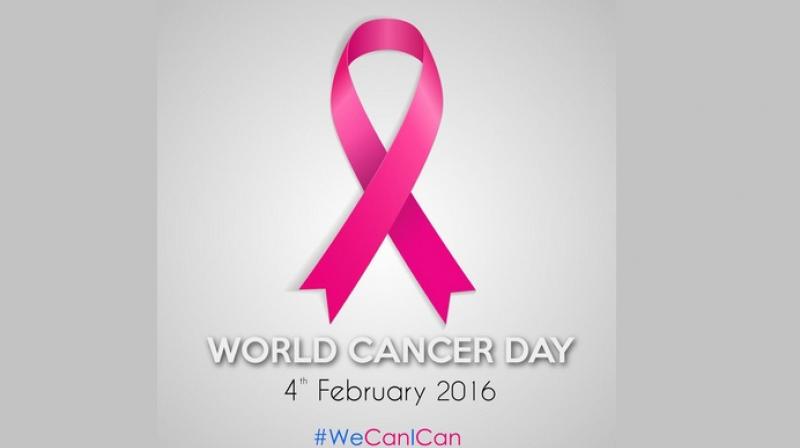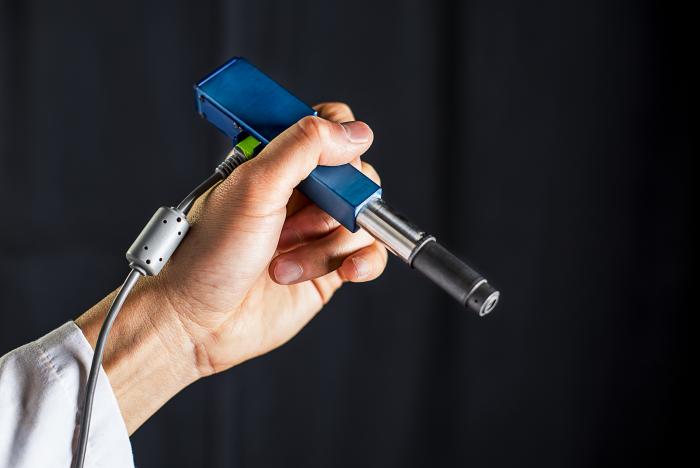
The baby shampoos, soaps and lotions you use on your child might be labeled “natural” or “gentle,” but could also be filled with toxic chemicals which are dangerous for your child’s health, experts say.
In fact, children are exposed to 27 of these dangerous chemicals each day through personal care products alone, according to a survey by the Environmental Working Group.
Most of the chemicals in use have never been tested for safety nor are they regulated in the U.S.
But when it comes to shopping for products, sifting through all of the information and searching for safer alternatives is time-consuming, confusing and can make you want to pull your hair out.
Here, experts weigh in on five of the biggest toxic offenders to avoid and offer tips on how to find safer alternatives.
1. Fragrance
You might love the smell of your baby’s lotion, but fragrance is linked to allergies, skin irritation and eczema and can be toxic to various organs in the body.
Plus, the term itself can be used to mask hundreds of other dangerous chemicals in the product, said Leah Segedie, founder of Mamavation.com.
When reading labels, avoid any product that lists fragrance, perfume or parfum.
2. Phthalates and parabens
Phthalates and parabens are a group of chemicals that are used as preservatives in personal care products like baby shampoos and lotions.
Phthalates have been linked to endocrine disruption, which can cause reproductive problems, including a decrease in sperm motility and concentration, as well as allergies, asthma and cancer.
To make it even more confusing for moms, fragrance can also contain phthalates, said Nancy Peplinsky, founder and executive director of the Holistic Moms Network in Coldwell, N.J.
Research shows that another class of chemicals, parabens, are endocrine disruptors and have been linked to reproductive problems, developmental disorders, endometriosis, skin irritation and cancer.
Avoid products that contain phthalate, DEP, DBP, DEHP and ingredients ending in “–paraben.”
3. Formaldehyde and formaldehyde-releasing preservatives
Formaldehyde is a preservative added to water-based products to prevent mold from forming. It can be directly added to products or released through another preservative.
Formaldehyde is a human carcinogen and has been linked to allergy-like reactions including respiratory problems, headaches and nausea.
4. 1,4-dioxane
Usually found in bath products and liquid soap, 1,4-dioxane is a chemical byproduct, so you won’t spot it on a label. A possible human carcinogen, 1,4-dioxane is linked to organ toxicity and skin allergies.
To avoid it, don’t use products that contain sodium laureth sulfate, PEG compounds and chemicals listed as xynol, ceteareth and oleth.
5. Vitamin A and oxybenzone
On it’s own vitamin A is safe, but when it’s used in sunscreen and skin is exposed to the sun, it can be problematic. In fact, a study by the National Toxicology Program suggests that retinyl palmitate, a form of vitamin A, may speed up the development of skin tumors and lesions.
When reading labels, avoid products that contain vitamin A, retinyl palmitate, retinol, retinyl acetate, retinyl linoleate and retinoic acid.
Another dangerous chemical that’s used in sunscreen and should be avoided is oxybenzone, which is an endocrine disruptor and has been linked to endometriosis and reproductive problems.
Source: fox news







